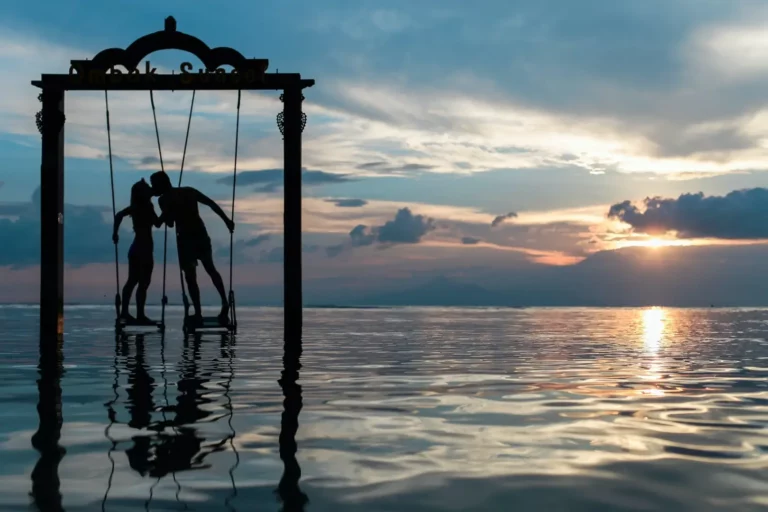
Ancient Fair of Grazie and the village – 2024 Edition
Grazie, a hamlet of Curtatone and one of the most beautiful villages in Italy, is the ideal destination for a day trip immersed in history and nature. The best time to visit this beautiful village? On the 15th of August, during the Antichissima Fiera delle Grazie (Ancient Fair of the Grazie)!
Located along the Mincio River, just a few kilometers from Mantua, the village is easily accessible by bus, car, or bicycle. If you are at Lake Garda, you can reach Grazie by car or bicycle: if you choose the latter, you can ride the famous Mincio Cycle Path to Pozzolo, then continue along the river towards Goito and Rivalta, until you finally reach the village of Grazie.
Another village located along the Mincio River and included in the list of the most beautiful villages in Italy is Borghetto sul Mincio. Discover all its secrets in our dedicated article!
Grazie: a Sanctuary among the lotus flowers
The village of Grazie is an enchanting place where history and nature blend harmoniously. Its well-preserved historic centre has maintained a symbiotic relationship with the surrounding environment for centuries, creating a unique and fascinating atmosphere.
The centre of the village is dominated by the Sanctuary, surrounded by buildings overlooking the main square. The oldest part of the village is located along Via Madonna delle Neve, where the terraced houses represent the original structure of the village. On the right side of the square, the houses show the architectural transformations that have taken place over time, highlighting how the homes were created by closing off the arcades that once surrounded the square.
Sanctuary of the Blessed Virgin of Grazie
The Sanctuary of the Blessed Virgin of Grazie is the spiritual and cultural heart of the village. Built in the 14th century at the behest of Francesco I Gonzaga, it is a magnificent example of Gothic architecture.
The interior is famous for its wooden framework decorated with 53 polychrome statues and a surprising mummified crocodile. In ancient times, figures such as dragons, crocodiles, and snakes were often seen with a certain ambiguity and, in the Christian era, were associated with evil. Placing these animals in churches therefore had a profound symbolic significance: hanging them high meant rendering them harmless, blocking the evil they represented.
Mincio Park: an oasis of nature and beauty
Grazie is also an ideal starting point for exploring the Mincio Park, a natural reserve that extends along the Mincio River. The park offers numerous trails for hiking and cycling, allowing visitors to admire a rich biodiversity and picturesque river landscapes.
Looking for a fun activity to do along the river? Head to Goito and try canoeing down the Mincio with ASD Goito Garda Bike! Find out more in our article.

Antichissima Fiera delle Grazie
Every year, around Ferragosto (the 15th of August), the small village of Grazie di Curtatone comes alive with a centuries-old tradition: the Antichissima Fiera delle Grazie (Ancient Fair of Grazie). This tradition dates back to 1425, when Gian Francesco Gonzaga, Marquis of Mantua, declared the square in front of the Sanctuary a “free market for goods.” Since then, every year during Ferragosto, the fair transforms Grazie into a lively open-air artistic workshop, attracting both locals and visitors.
One of the most anticipated events of the fair is the annual National Meeting of the Madonnari, which began in 1973. More than 150 artists from around the world gather to create stunning sacred and imaginative artworks using coloured chalk on the asphalt. The competition begins on the night of August 14th, with a blessing from the Bishop of Mantua, and continues until the afternoon of Ferragosto. These artworks, destined to dissolve with the first rainfall, are immortalized only in the photographs of the approximately 200,000 visitors who flock to the small village each year.
During the fair, it is customary for many pilgrims to reach the Sanctuary of Grazie on foot, often at dawn, as a sign of devotion. The fair is not only a moment of spirituality but also an experience of popular conviviality, with stalls, rides, fireworks, and, of course, cotechino, served abundantly with lambrusco.





